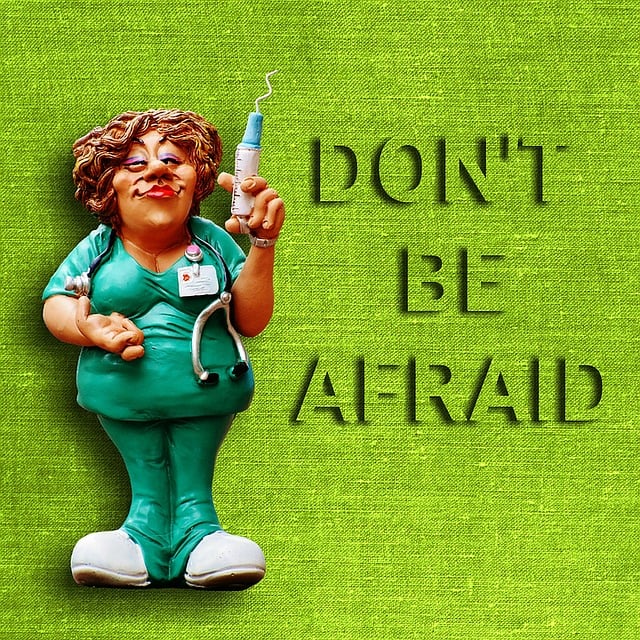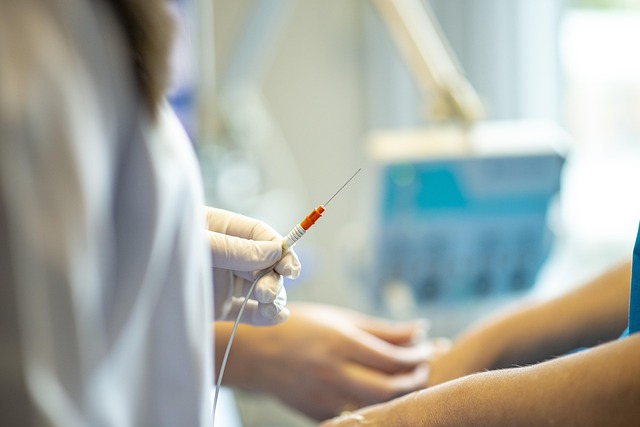Clinical dermatology wart removal offers advanced, safe procedures with qualified professionals using techniques like cryotherapy, laser treatments, and immune therapy for faster healing and reduced recurrence. At-home methods with salicylic acid or duct tape are convenient but may take longer and be less effective. Professional services have higher success rates within one to three sessions, causing temporary discomfort, while at-home solutions offer privacy and milder side effects. Patient preference often leans towards at-home for privacy, yet professional treatments may be more effective.
Warts can be a persistent and unsightly concern, prompting many to seek effective removal solutions. While clinical settings offer specialized treatments like cryotherapy and laser procedures, at-home options such as over-the-counter creams and bandages provide convenience. This article delves into the comparison of these methods, analyzing their efficacy, potential side effects, and patient preferences. From professional dermatology wart removal clinic procedures to DIY at-home treatments, discover which approach aligns best with your needs.
- Clinical Wart Removal: Professional Procedures and Tools
- At-Home Options: Over-the-Counter Treatments Compared
- Efficacy, Side Effects, and Patient Preferences Analyzed
Clinical Wart Removal: Professional Procedures and Tools

Clinical wart removal, often undertaken at dermatology wart removal clinics, offers a range of professional procedures and tools designed to eliminate warts effectively. These clinics employ qualified healthcare professionals who specialize in various techniques, from topical treatments to more invasive surgical options. One common method is cryotherapy, where liquid nitrogen freezes and destroys the wart. This procedure is usually quick and relatively painless, making it a popular choice for many.
Another option is laser treatment, which uses concentrated light energy to burn away the wart. This approach may be more expensive but provides precise results with minimal side effects. Additionally, certain clinics offer immune therapy, stimulating the body’s natural defense system to fight off the virus causing the wart. When comparing against at-home removal methods, clinical procedures ensure a sterile environment and expert handling, potentially leading to faster healing times and reduced risk of wart recurrence for treatments like wart removal Rotherham, wart removal Gillingham, or wart removal Cheltenham.
At-Home Options: Over-the-Counter Treatments Compared

When considering at-home dermatology wart removal clinic options, over-the-counter treatments offer a convenient and cost-effective solution for minor warts. These products typically contain active ingredients like salicylic acid or cryogenic (freezing) agents, which work to shed the outer layers of the wart over time. They are easily accessible at pharmacies and retailers, making them a popular choice for those seeking a DIY approach. However, it’s important to remember that these methods may not be as effective for all types of warts, especially more persistent or stubborn cases.
Comparatively, wart removal Bolton, Gloucester wart clinic, and wart removal Bristol services provide professional treatment with advanced techniques such as laser therapy or surgical excision. These methods offer quicker results and are suitable for various wart types. While they might be more expensive and require an appointment, they ensure a higher success rate and the benefits of expert care, especially for individuals with immune deficiencies or complex skin conditions.
Efficacy, Side Effects, and Patient Preferences Analyzed

When comparing clinical and at-home wart removal tools, efficacy, side effects, and patient preferences are key factors to analyze. In a dermatology wart removal clinic, such as those offered by the Maidstone Wart Clinic or private wart removal services in Essex Southend-on-Sea, professional treatments like cryotherapy (freezing) and surgery have shown high effectiveness rates, often eliminating warts within one to three sessions. However, these procedures can cause temporary side effects like redness, swelling, or discomfort at the treated area.
In contrast, at-home methods using products considered the best wart fighters, such as salicylic acid or duct tape, offer more convenience and lower costs. While they might take longer to show results, they generally have milder side effects. Patient preferences often lean towards at-home solutions due to their non-invasive nature and privacy, but some may find the process frustrating or less effective compared to professional treatments.
When comparing clinical and at-home wart removal tools, it’s evident that professional procedures offer higher efficacy rates with minimal side effects. However, at-home options provide convenience and cost-effectiveness for minor warts. In a dermatology wart removal clinic, experts utilize specialized tools tailored to precise, effective treatment. For more manageable cases, over-the-counter treatments can be sufficient, allowing individuals to address warts in the comfort of their homes. Ultimately, the choice depends on the severity, location, and patient preference, with both methods offering viable solutions for wart removal.
